





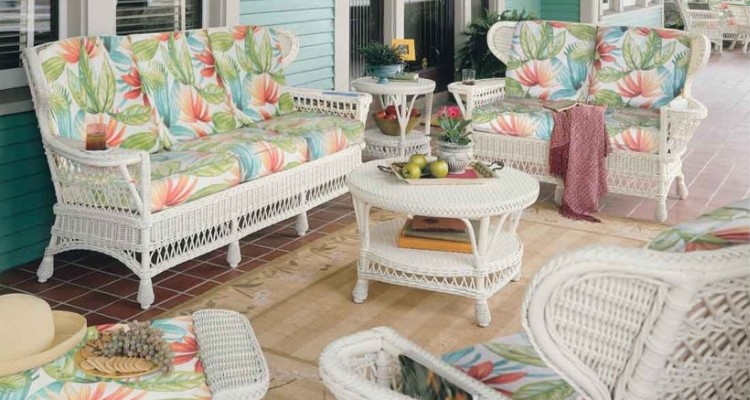
The world of Interior Design is a dynamic realm, constantly expanding and welcoming new trends. However, there is something undeniably fascinating about classic interiors that stand the test of this remarkable era, where interior spaces reflected the evolving cultural landscape. Classic interiors from this era invoke a sense of nostalgia, enfolding a unique blend of style, innovation, creation and individuality. Our team Manan Planners in this post dig into the captivating world of 70s and 80s classic interiors, celebrating the enduring charm and timeless elegance of these phenomenal decades.
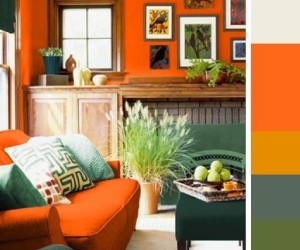
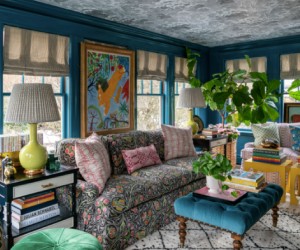
1. Colour palette- The colour palette of classic interiors from the 70s and 80s was defined by rich explosion of bold colours and vibrant hues. 70s colour palette was characterized by earthy tones like shades of mustard yellow, burnt orange, and avocado green adorning walls and upholstery. While in the 80s, liveliness to interiors was incorporated by hot pink, electric blue, and vibrant turquoise.
2. Eye-catching patterns- Patterns play with was a significant characteristic of classic interiors during these decades. Bold stripes, oversized florals and geometric motifs were dominating the scene. Interiors were adorned with these iconic patterns that added an energetic and vibrant ambience to this era.
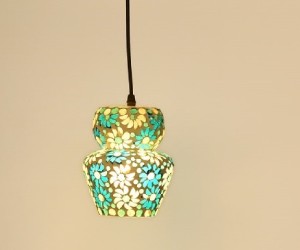
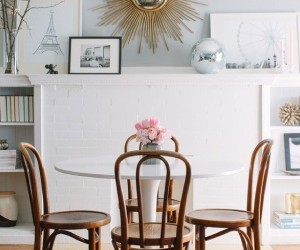
3. Lighting- Lighting in classic 70s and 80s interiors displayed functional lighting fixtures. Pendant lights with colourful glass shades and table lamps with colourful bases were admired during these decades. The use of neon lighting became a popular trend, inculcating spaces with a vibrant glow and a touch of nostalgia.
4. Statement furniture- Furniture in 70s and 80s was the motive for comfort and eclectic style. This era celebrated well-endowed forms and clean lines, encompassing the elements of Art Deco and Mid-Century Modern design. Iconic designs such as the bean bag chair, tulip tables and sunburst mirrors became must-haves for trendsetters. Materials like chrome, glass, and plastic were often used, lending a charm to the interiors.
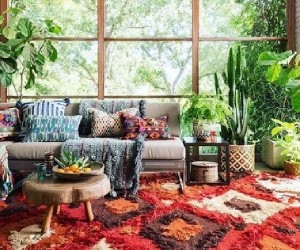
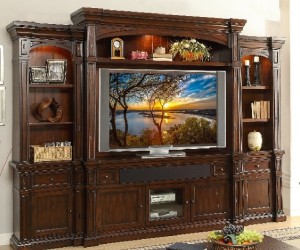
5. Texture and material- Classic interiors of the 70s and 80s embraced diverse textures and materials, emphasizing comfort with soft and cozy feel underfoot and luxury with shag carpets. Wood panelling and exposed brick walls added a rustic touch, while mirrored surfaces and metallic accents introduced a hint of lavishness.
6. Entertainment centres- The emergence of technology during this era led to the rise of entertainment centres in homes. Television sets, vinyl record players, and hi-fi systems were high spots, often housed in sleek cabinets or wall units. These setups united functionality with aesthetic appeal, offering a centralized space for entertainment.
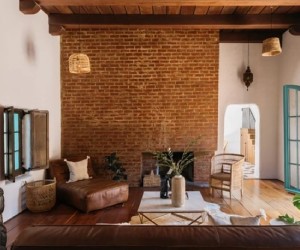
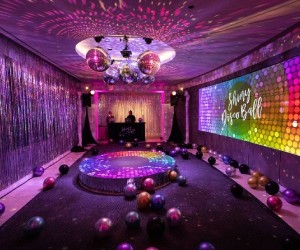
7. Earthy and organic elements- In the midst of the bold colours and futuristic designs, a contrasting trend of integrating natural and organic elements emerged. This included the use of wood panelling, exposed brick walls, and natural stone finishes. Houseplants became popular as well, with macramé plant hangers and hanging terrariums adding aesthetics with a touch of greenery to the indoor spaces.
8. Décor Accents- Accessories and decorative accents were essential in accomplishing the classic look of the 70s and 80s interiors. Disco balls, lava lamps, and mirror balls brought a touch of glamour and the spirit of the disco era. Indoor plants were trending, with hanging spider plants and large ferns being particularly fashionable. Pop art pieces and bold abstract artwork adorned the walls, adding a splash of color and innovation.
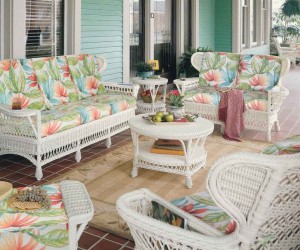
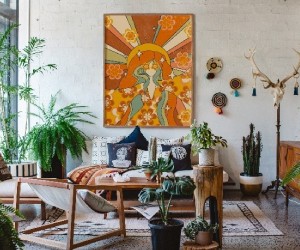
9. Bohemian lifestyle- The hippie culture and free-spirited Bohemian lifestyles were big in the ‘70s, and that’s when rattan and cane furniture came in trend. These products celebrate eco-chic versions of modern or traditional designs in both upraised and affordable versions. Rattan and cane fibres are flexible and resilient and can be woven into cultured and creative furniture that can be used indoors as well as outdoors.
10. Pop- culture influence- The 70s and 80s were recognized by the vibrant pop culture scene, and this influence developed to interior design. Movie posters, iconic album covers, and neon signage decorated the walls, showcasing one’s inclination towards the entertainment world. The rise of video games also meant that arcade cabinets and pinball machines found their way into homes, creating a playful and interactive atmosphere.


Leave A Comment